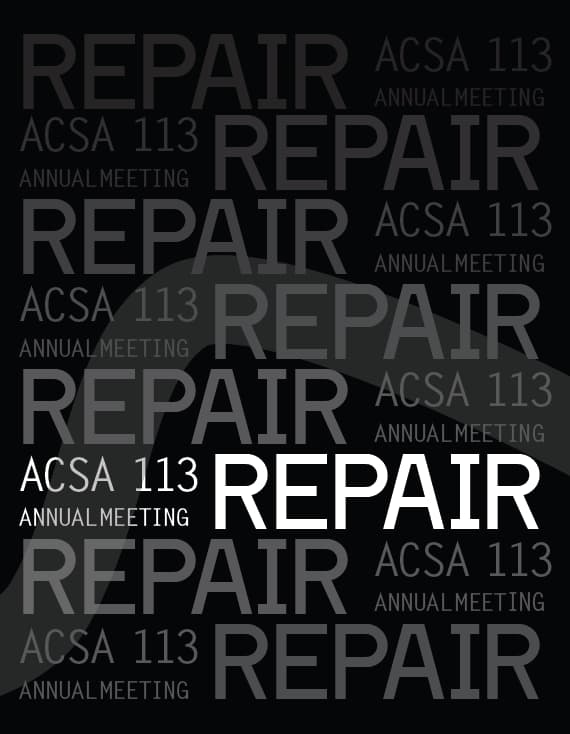Author(s): A. Gray Read, Bora Pulatsu, Daniel Chung, Daniele Malomo & Philip Tidwell
Unreinforced masonry (URM) buildings constitute a substan¬tial percentage of existing structures across the Northeastern United States and Eastern Canada. While some of these structures have remained in continuous use as residential structures, many of those built for non-residential purposes do not conform to contemporary building guidelines or design codes. They often have inadequate resistance to lateral loading due to low-intensity earthquakes or settlement. With progressive material deterioration over decades and a frequent lack of maintenance, retrofitting of these structures is often necessary for continued occupancy and adapta¬tion for new uses. Many retrofit systems use steel and concrete to supplant existing masonry walls and create auxiliary or substitute loadbearing systems to handle both vertical and lateral loads. In such cases, masonry elements are retained for historic or aesthetic value, but they are largely superseded by a new structural frame. This approach is invasive, materially intensive and costly, and it is seldom suitable for most URM buildings, particularly the workaday (non-listed) buildings that are frequently taken out of use. By taking an alterna¬tive approach, the research here aims to repurpose existing masonry buildings that are unlikely to be preserved for archi¬tectural value alone. These anonymous structures account for a large quantity of the material and energy embodied in current building stocks, and extending their service life has substantial benefits from carbon emissions and urban regen¬eration to heritage and housing supply.
Volume Editors
Sara Jensen Carr & Rubén García Rubio
ISBN
978-1-944214-48-7

 Study Architecture
Study Architecture  ProPEL
ProPEL 
